Los Angeles––In his exhibition The Rainbow Sign at David Kordansky gallery (April 7 – May 19, 2018), American artist Rashid Johnson presented new works which inhabited the gallery’s three exhibition spaces and featured giant chunks of shea butter sprawled across a table, a collection of so-called Ugly Pots, and Johnson’s collaged ceramics of Broken Men.
Featured image: Rashid Johnson, Untitled Microphone Sculpture, 2018
bronze panel, ceramic tile, books, shea butter, ceramic, plant, black soap, and wax, 60 x 60 x 6 1/8 inches
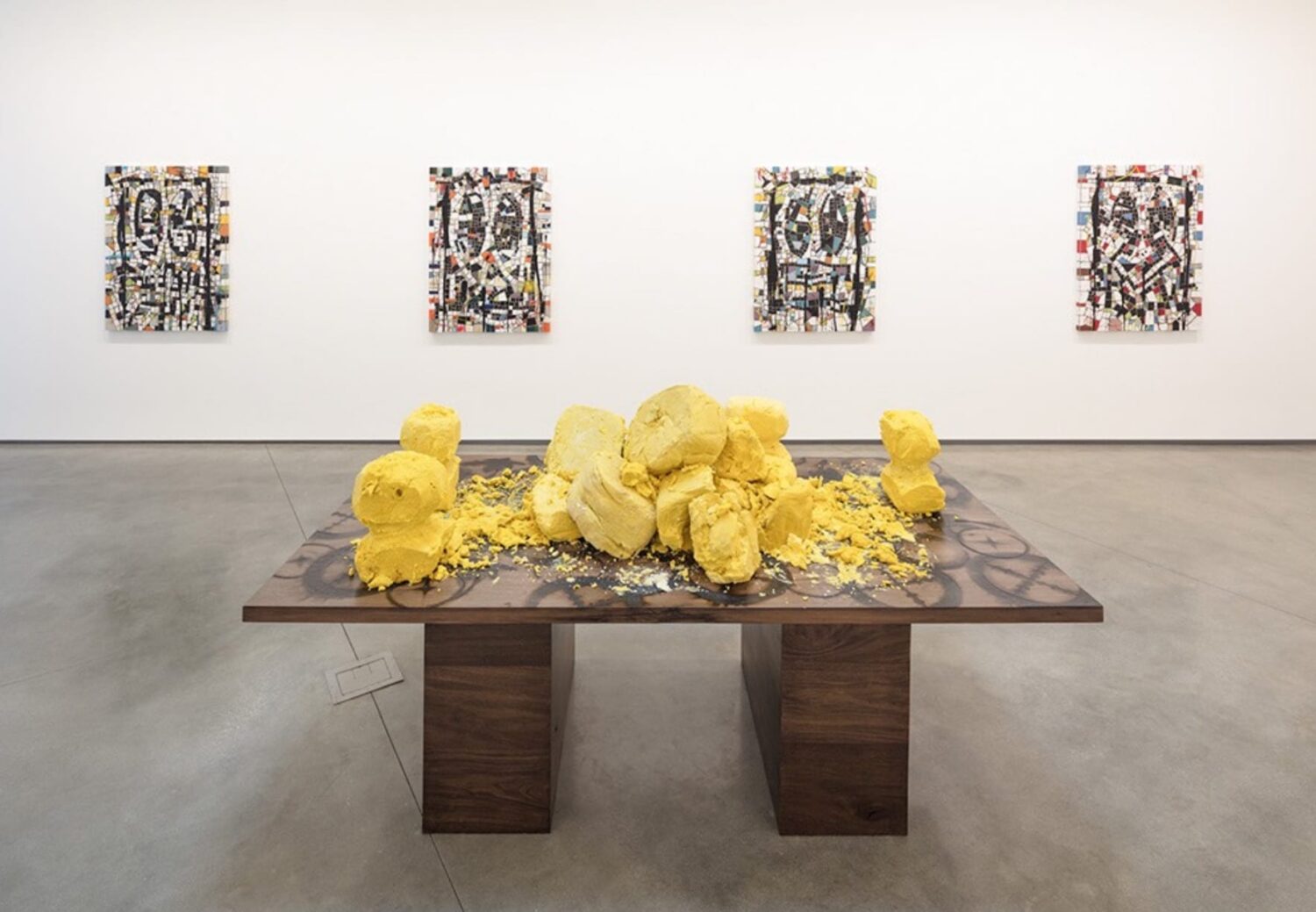
Recognized as one of the major voices of his generation, Johnson’s works embody social critiques and investigations of the black experience in America, race and class. The Rainbow Sign draws its name from the African American spirit that inspired James Baldwin’s title for his seminal 1962 book, “The Fire Next Time,” first published when the civil rights movement was in full sway across the United States, the gallery writes.
The works in the show pose questions about how symbols of national identity and social belonging are constituted, as well as what it might mean to shake free of them. They also offer embodied metaphors for the act of making oneself heard in the context of a group, whether as an act of protest, self-advocacy, or unbridled expression.
David Kordansky Gallery

Johnson’s new works unify behind an organic, common visual vocabulary featuring strong geometric elements and recurrent patterns. Of the two new bodies of work, Broken Men features irregularly shaped ceramic and mirrored tiles compositions, which provide the backdrop for Johnson’s hallmark gestural black soap and wax mixture––as seen in Anxious Men, the gallery writes.
The jagged pictures in question are stylized busts the artist has previously termed “anxious men”; their rectangular heads, twisted mouths, and swirling, agitated eyes lend them an archaic universality that would feel equally at home scrawled on building exteriors in a contemporary city or the interior walls of a prehistoric cave. And just as Johnson has taken things one step further in material terms, these men are no longer just anxious, but broken–anonymous figures representative of a moment when ordinary life feels structurally unstable.
David Kordansky Gallery
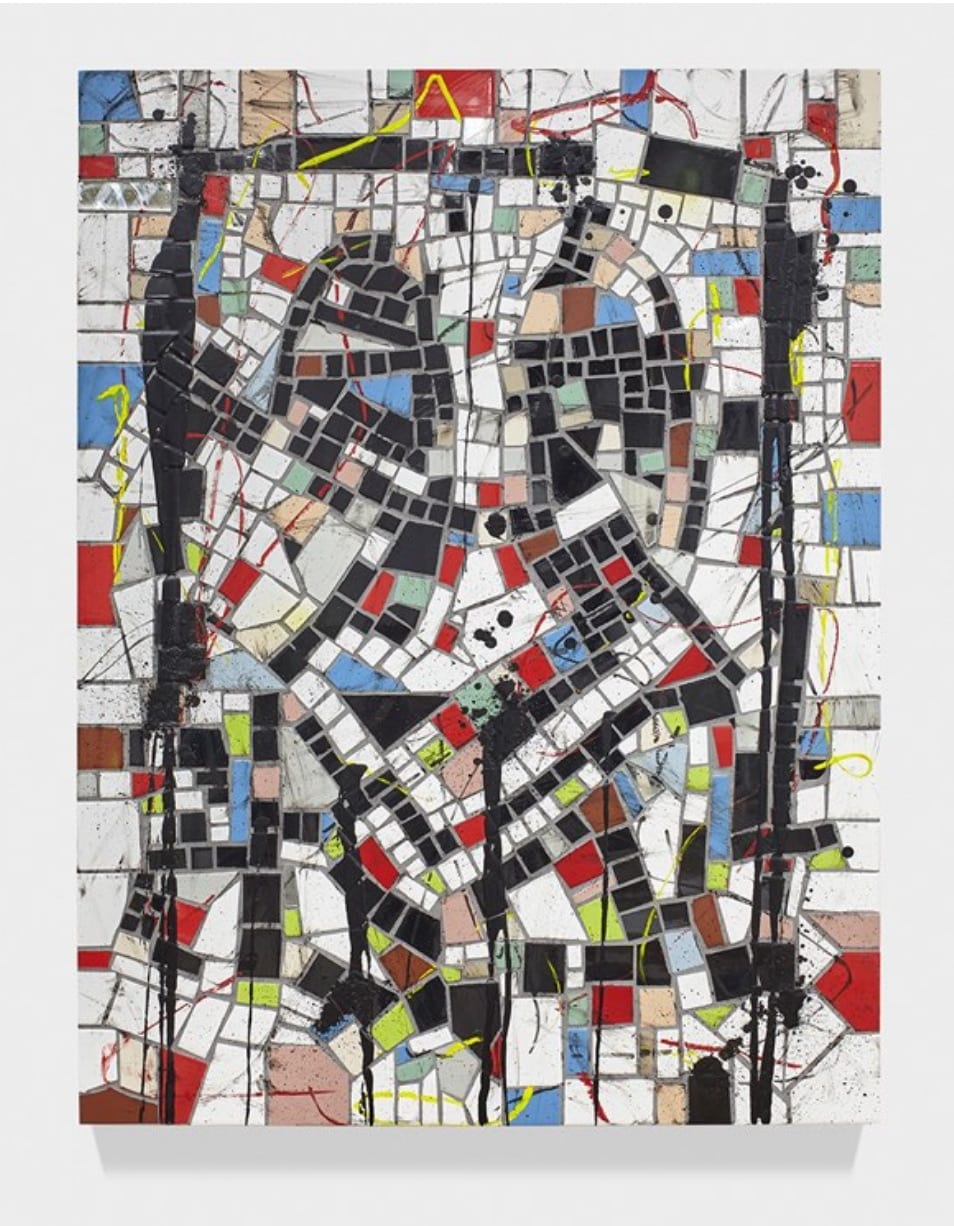
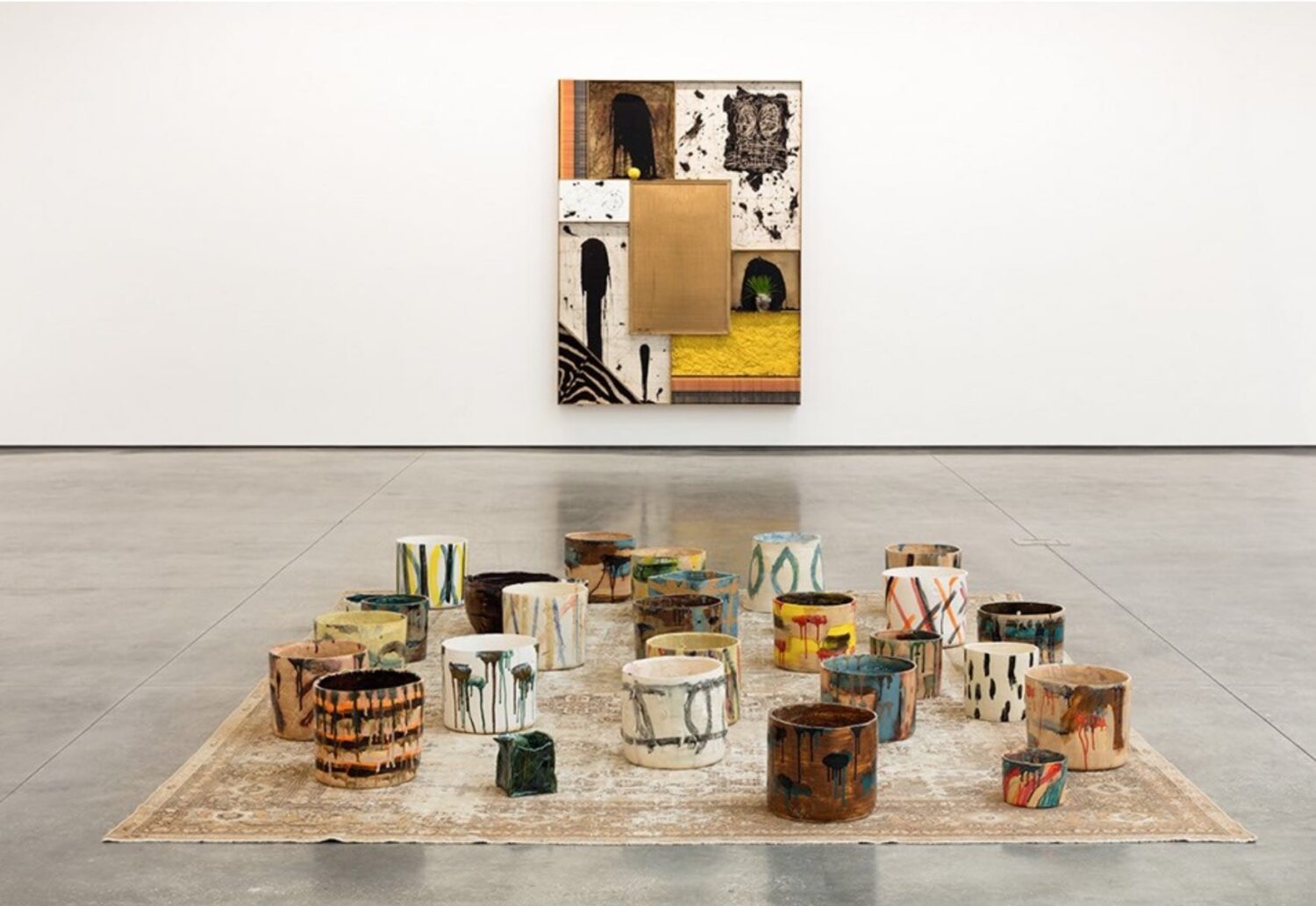
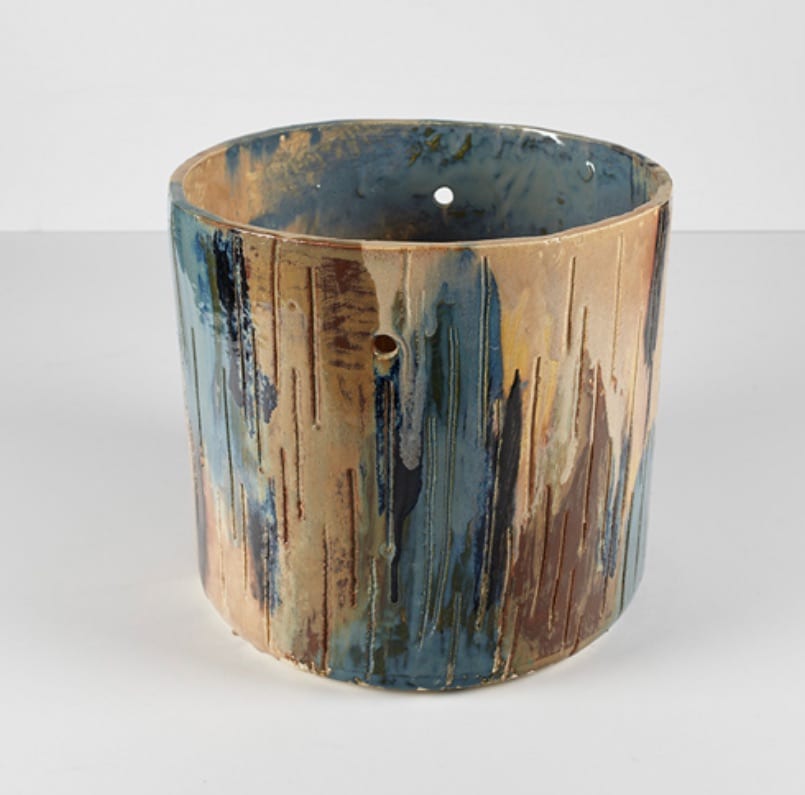
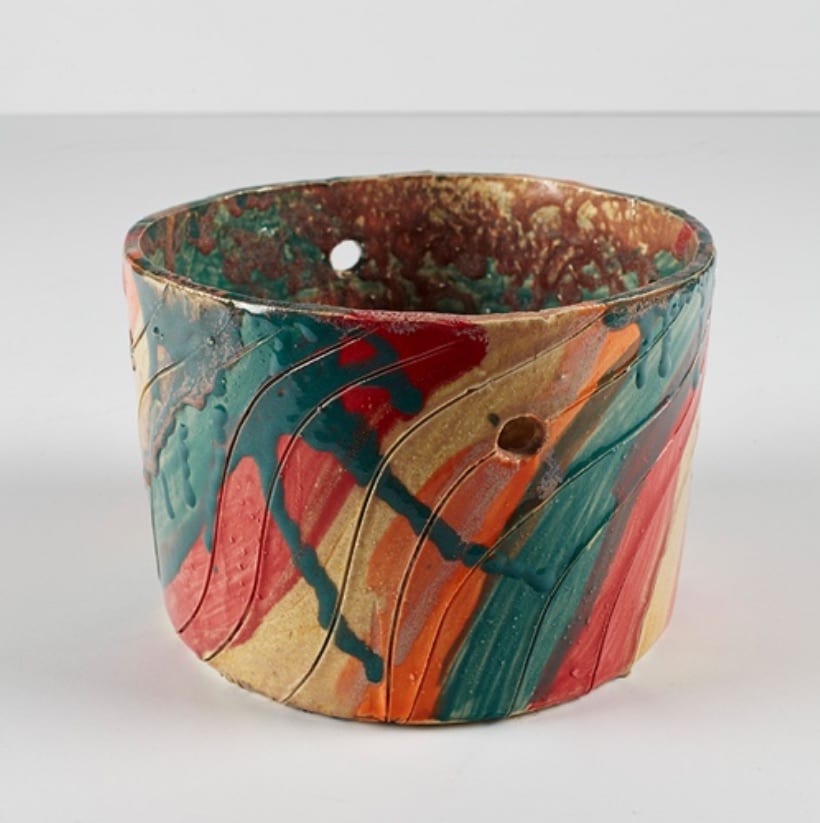
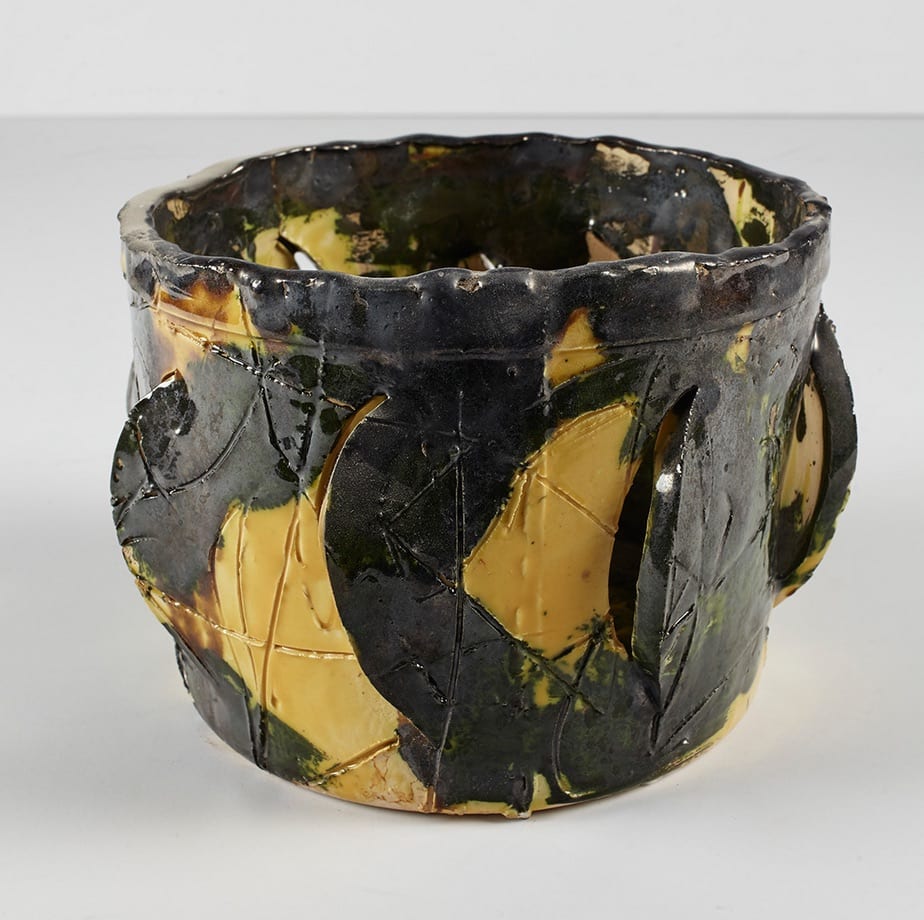

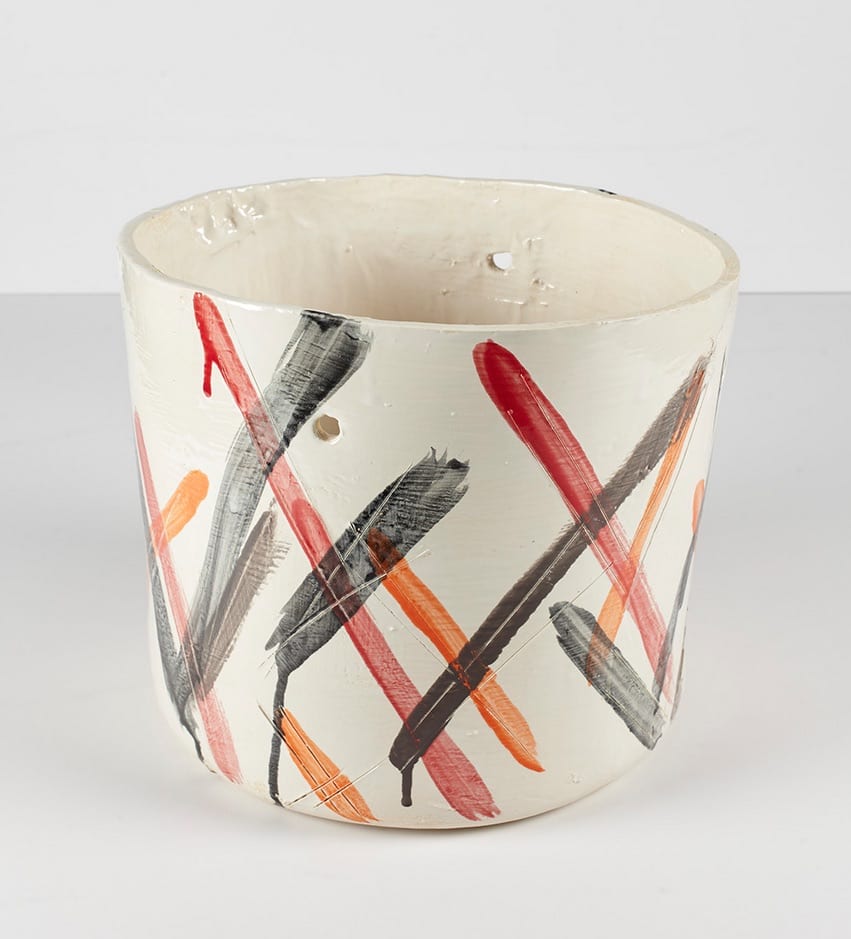
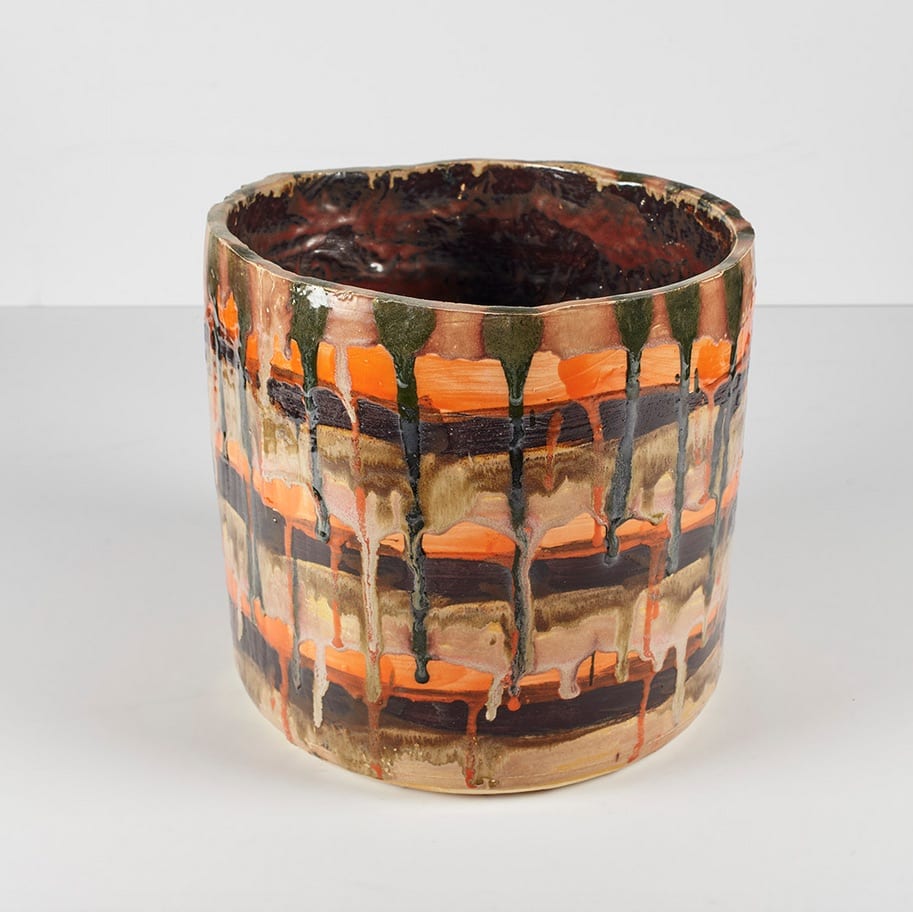

Johnson’s second body of new work features large-scale wall sculptures, each equipped with a live microphone to capture real-time reaction. Again, Johnson called upon his visual language of geometric elements and recurrent patterns, even the inclusion of a collection of objects, like his linearly aligned copies of a single book.
Each [wall sculpture] consists of a series of bronze shelves adorned with the mark-making and hand-drawn symbols characteristic of Johnson’s visual language. They house a variety of objects, including books that offer accounts of African American experiences (Baldwin’s The Fire Next Time and Claudia Rankine’s Citizen among them). Johnson does not consider such objects “found” things; they are chosen, rather, for specific visual and textural qualities in addition to their pre-existing content.
David Kordansky Gallery
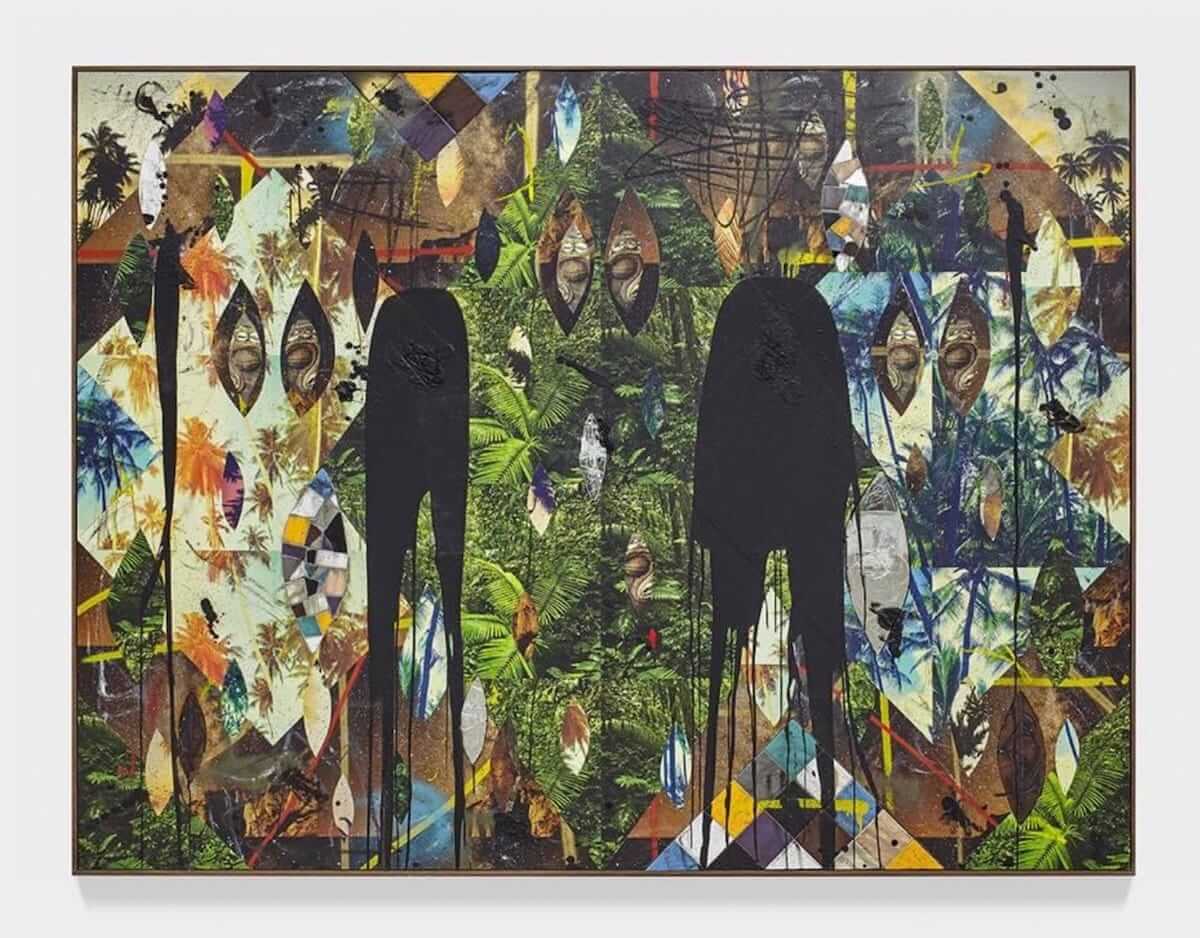
About the Artist: Rashid Johnson (b. 1977, Chicago) recently presented a solo exhibition, Hail We Now Sing Joy, at the Kemper Museum of Contemporary Art, Kansas City and the Milwaukee Art Museum (2017). Other solo exhibitions include shows at the Garage Museum of Contemporary Art, Moscow (2016); Galleria d’Arte Moderna e Contemporanea, Bergamo, Italy (2016); the Drawing Center, New York (2015); and Kunsthalle Winterthur, Switzerland (2014). Current and recent group exhibitions include Selections from the Marciano Collection, Marciano Art Foundation, Los Angeles (2018); Prospect.4: The Lotus in Spite of the Swamp, Prospect New Orleans (2017); Good Dreams, Bad Dreams: American Mythologies, Aïshti Foundation, Beirut (2016); America Is Hard To See, Whitney Museum of American Art, New York (2015); Forever Now: Contemporary Painting in an Atemporal World, Museum of Modern Art, New York (2014); and ILLUMInations, International Pavilion, 54th Venice Biennale (2011). Johnson is currently directing a feature film adaptation of Richard Wright’s 1940 novel Native Son. He lives and works in New York.
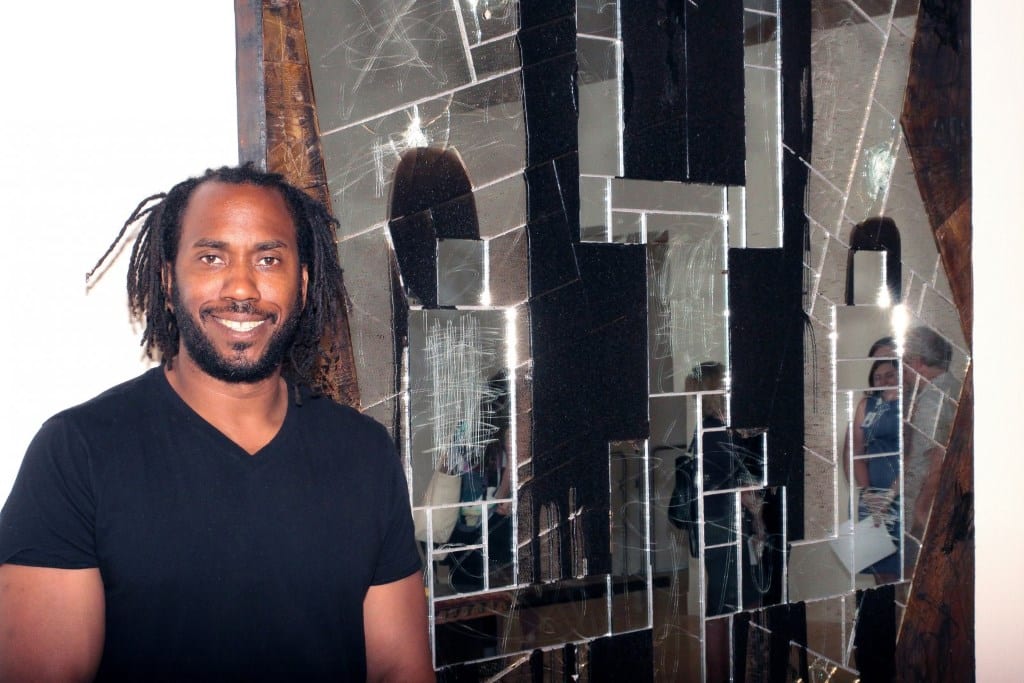
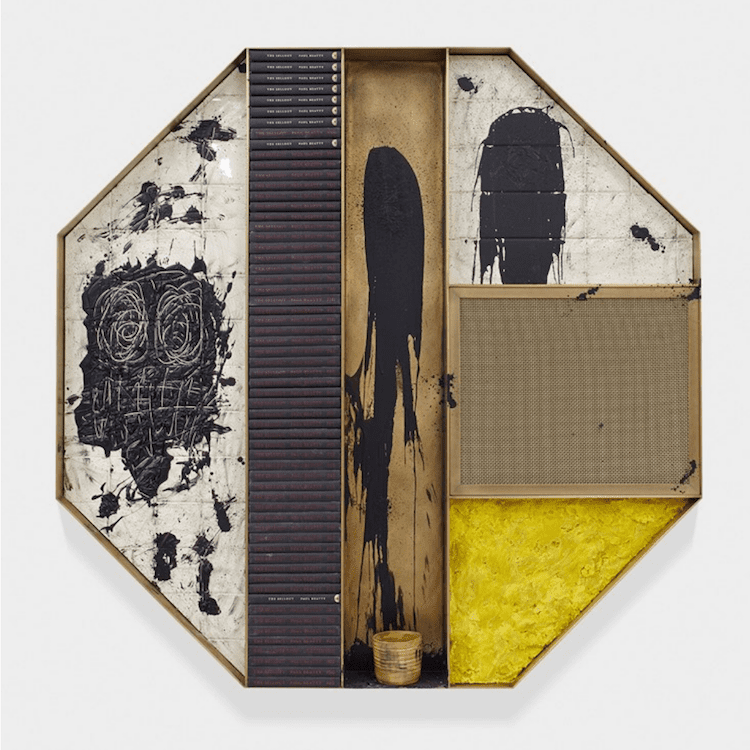
Add your valued opinion to this post.